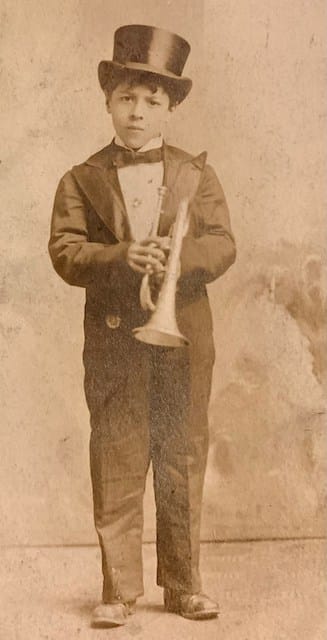Ma Rainey
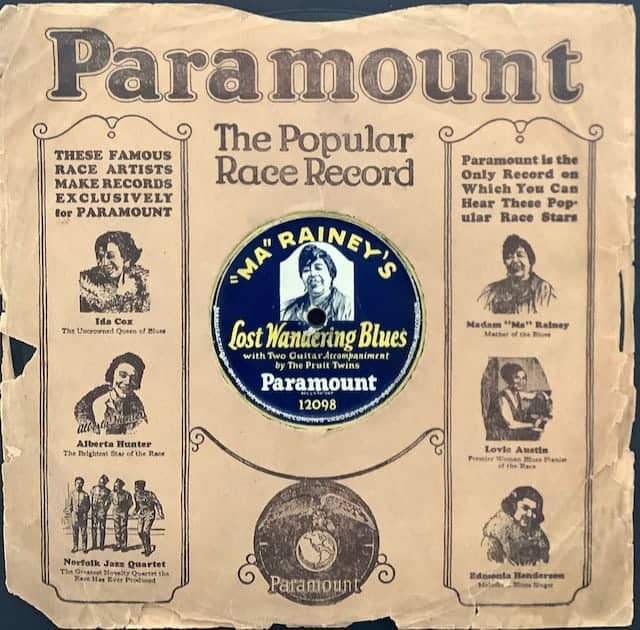
That Paramount would use specially-designed 78 labels was not unique for itself or the recording industry in general. Paramount was constantly searching for new ways to generate publicity in order to increase record sales. In fact, in 1924, the same year it put out the “Ma” Rainey portrait label, Paramount also promoted its new recording star through her “Mystery Record”, inviting fans to win prizes by submitting names for its two untitled songs.
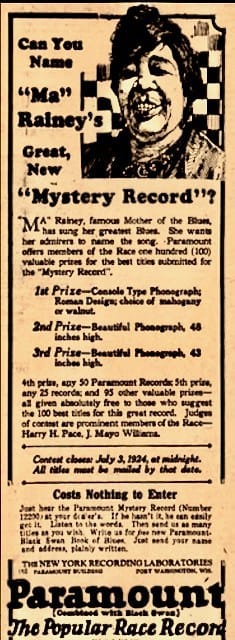
Five years later the advertising staff at Paramount would have another “go” at turning a record label into a publicity-generating contest. This time the new recording artist was Charlie Patton.
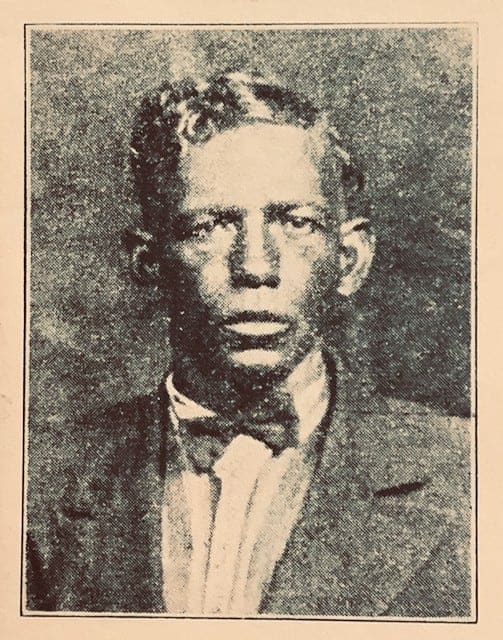
What was to be Patton’s third issued 78 was put out under the name “The Masked Marvel”. Through flyers and newspaper advertisements in the Black press buyers were asked to guess the name of the artist to win a prize. “Who is the Masked Marvel?” Economic times had changed. For the Ma Rainey “Mystery Record” a winner could take home a phonograph player or a large stack of Paramount 78s. But by 1929 with the Patton 78, the record company was already starting to feel hard times coming, and the winning prizes reflected that: only one record per winner.
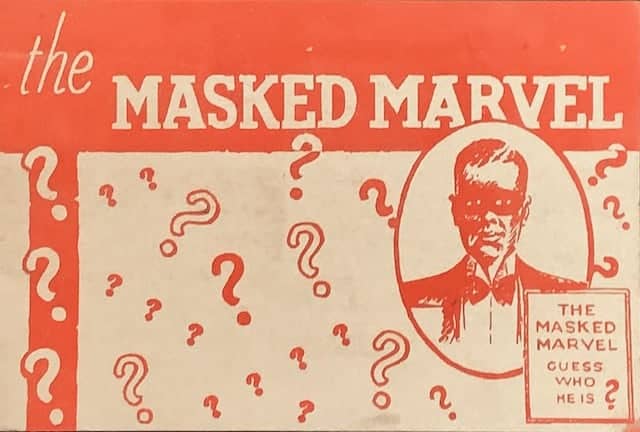

Nearing forty years old, Gertrude “Ma” Rainey had paid her dues before coming to Paramount, spending years traveling the byways and backroads with minstrel shows and Black vaudeville. Arriving at Paramount in 1923, by the following year Rainey’s 78s were selling in Black communities throughout the North and South.
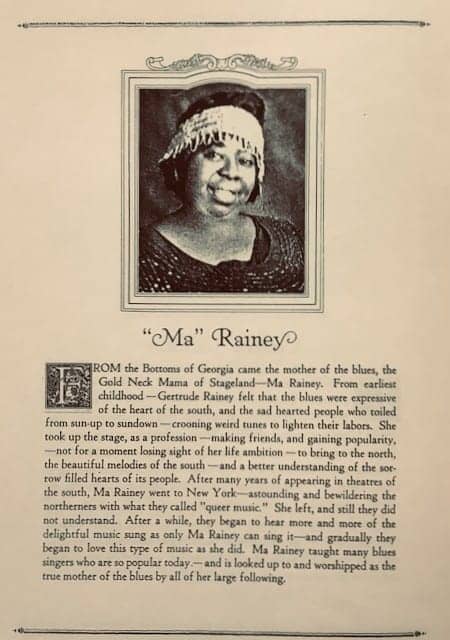
In 1924, as a way of commemorating Ma Rainey’s new prominence, and to highlight Paramount’s newfound success, the company issued its first portrait label using an etched likeness from a photograph of the “Mother of the Blues”. “‘Ma’ Rainey wants you to have a souvenir record, with her picture on the record,” read the Paramount advertisement.
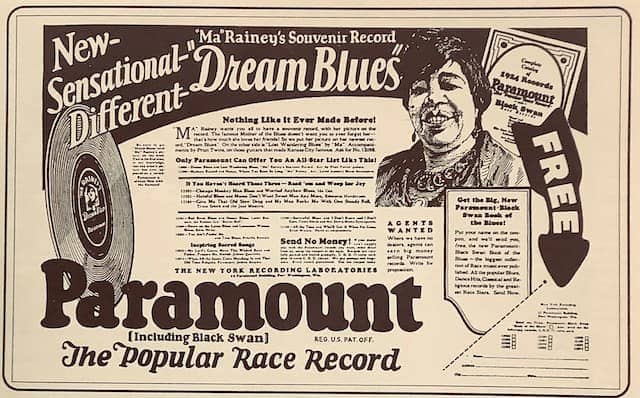
The record was beautifully designed using yellow ink on a blue background, with distinctive lettering. The company may have pinched pennies by adding cheap fillers for its shellac, but it went all out in the design of this eye-catching label.
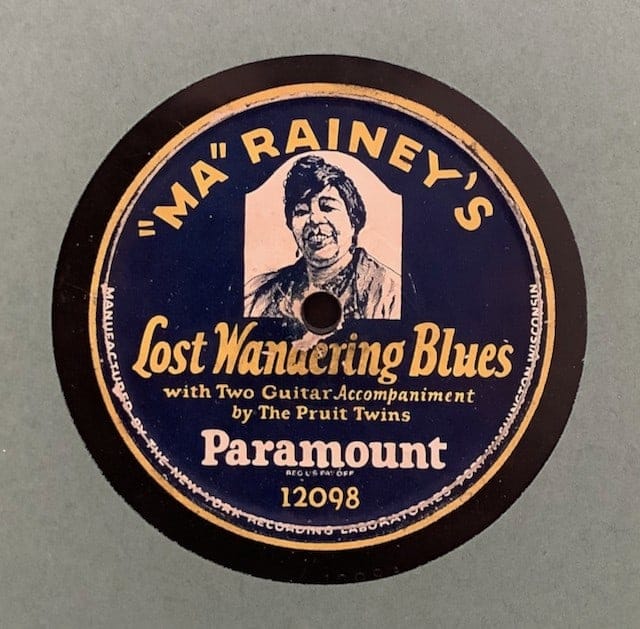
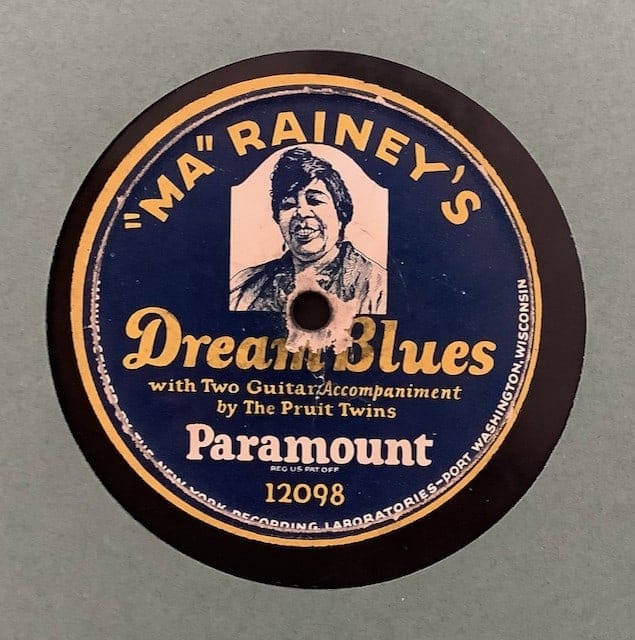
The “Ma” Rainey recordings chosen to be honored with this special label were really an anomaly. In her first recording session, Paramount had backed her with a small group of top-flight Chicago jazz musicians.
For this second session, perhaps wanting a more bluesy, down-home sound, Paramount chose “The Pruit (sic) Twins” from Kansas City. Milas Pruitt played guitar and brother Miles played banjo (despite the label saying they played two guitars). Lost Wandering Blues and Dream Blues would be the only two songs coming out of this session. From here on after, “Ma” Rainey would again rely on small jazzy backup bands, except for her last recording with piano and slide guitar.
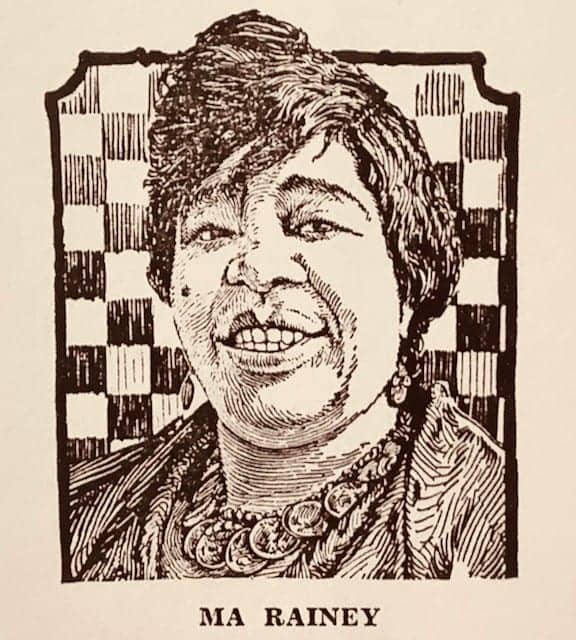
“Ma” Rainey sold a lot of records for Paramount during her first two to three years with the company, but by 1925 the tastes of the blues record-buying public was starting to change, and sales of Rainey 78s were slowing down. In 1928 Paramount put out its last “Ma” Rainey record. Throughout her recording career the blues singer had remained busy with her successful road tours, and after Paramount ended Rainey’s contract these tours continued, at least until the Great Depression squeezed that market. In 1935, “Ma” Rainey returned to her hometown of Columbus, Georgia, buying several businesses, and continuing to live there until her death in 1939.
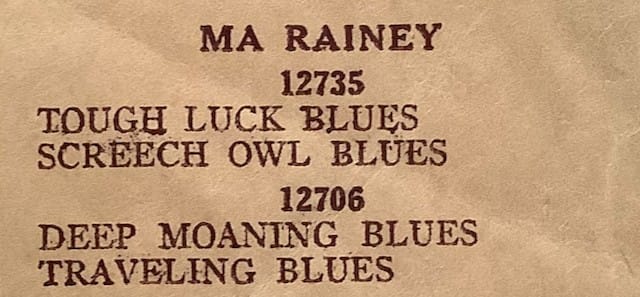
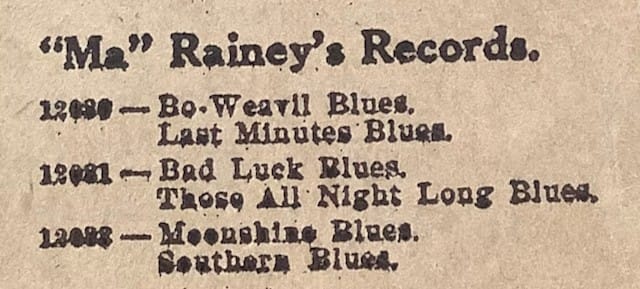
DISCOGRAPHY:
Lost Wandering Blues
Paramount 12098
Chicago, c. March, 1924
Dream Blues
Paramount 12098
Chicago, c. March, 1924.
The following ephemera is from the Bowman collection: Ma Rainey record and sleeve; orange Masked Marvel advertisement (reproduction from John Fahey’s Screaming’ and Hollerin’ the Blues: The World of Charley Patton, CD box set); Ma Rainey advertisement headshot, and two Ma Rainey record listings.
Ma Rainey, Willie M. Miller-Moonshine Blues
NEW PHOTOS!!!
Ma Rainey in Brecken Ridge, Texas 1922
